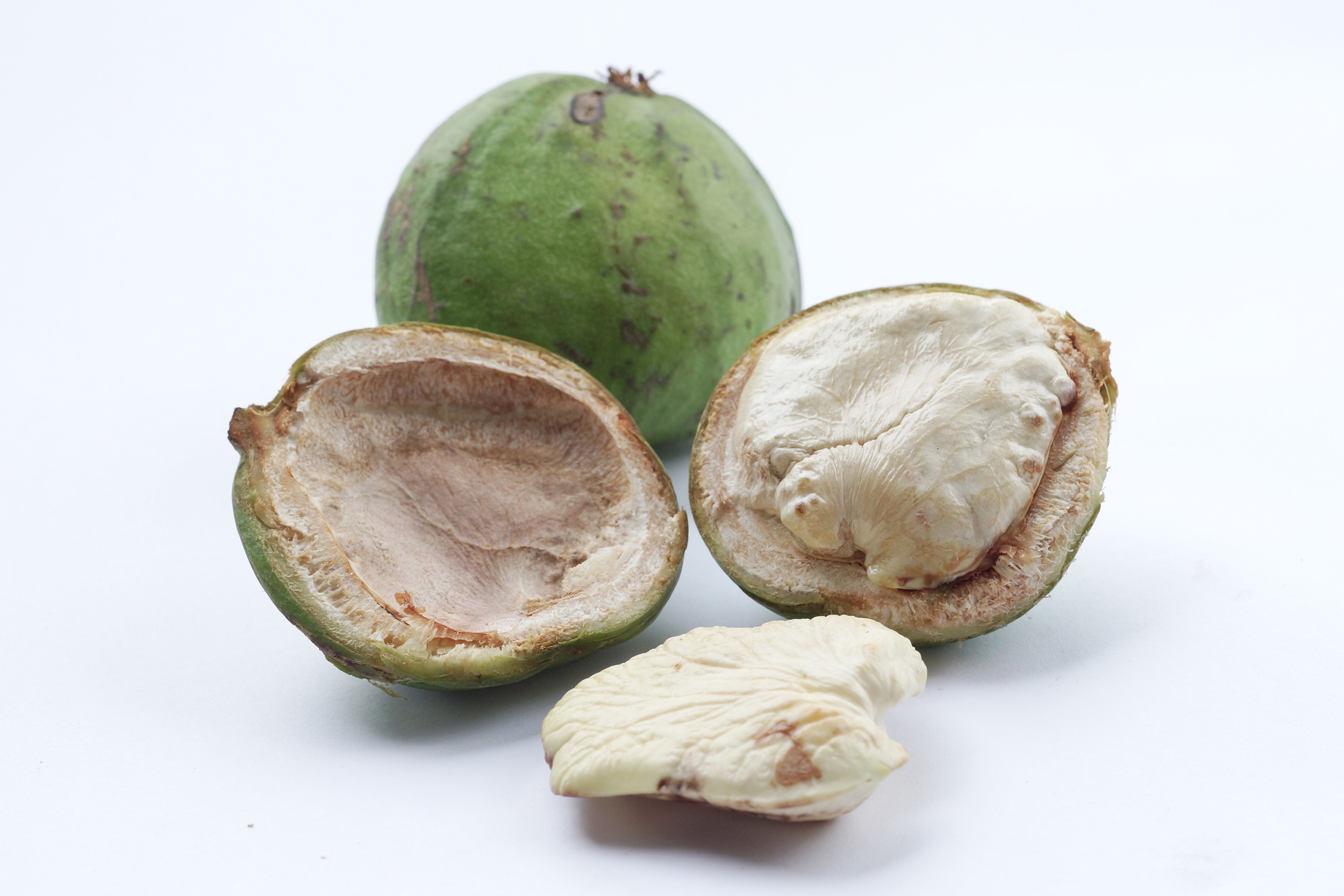Gatep Trees, Useful Plants Written In Taru Pramana's Lontar
Gatep Trees, Useful Plants Written In Taru Pramana's Lontar.
The island of Bali is not only a marker of the administrative area of the Province of Bali. But it also marks the cultural wisdom of the people. One of the images of wisdom in Bali is stored in classical Balinese script or called Lontar Taru Pramana.
The lontar manuscripts write down various types of herbal plant-based that are useful for the treatment of various disease. The gatep tree is a plant that’s written in the Taru Pramana Lontar. Scientifically, this tree has the name Inocarpus Fagifer or popularly known as gayam tree.
Included in the Fabaceae plant family, it is written in the Classical Balinese script that this plant helps cure heartburn, treats festering and bleeding wounds, and constipation. For treatment, the peeled gatep seeds are boiled and drunk its boiled water. This method is called loloh or processed into herbal medicine and then drunk these processed herbs.
Gatep fruit is harvested once a year, precisely in September to December. When the gatep fruit turns yellow, it means ready to be picked. Even though it fell to the ground, it didn't bruise the fruit. Because the skin of the gatep fruit is very thick. When it will be processed, the ripe gatep fruit is peeled and then the seeds are taken.
Gatep fruit seeds have about sizes two inches. Usually, for Balinese people, gatep seeds are processed into various kinds of dishes. Starting from jukut meliklik, jaje kue, or just steamed so tasted the savory.

Foods made from gatep fruit are classified as home cooking. To process it into jukut meliklik, the peeled gatep seeds are cooked with Moringa leaves. Meanwhile, when it is cooked into cakes, it needs to be grated and the starch used for the mixture.
According to Journal of Bali, released by Centre of Excellence in Tourism, Udayana University, gatep seeds contain flavonoids which are useful as antioxidants. Its function is to help maintain immunity. The flat-shaped seeds such as jengkol also contain tannins which are useful in facilitating the digestive system.
Not only its use for health and add flavor to dishes. The gatep tree is also useful as a shade plant. This tree that can reach 20 meters in height has the ability to reduce soil erosion. Its roots are in the form of buttresses that often protrude from the ground and resemble the buttresses of a tree at the base.
Based on the origin of its habitat, the gatep tree originates from the eastern part of Indonesia which then spreads to the areas of Micronesia, Melanesia, and Polynesia. The leaves are single with a stiff texture resembling leather. The shape is oval and pink on the youngest leaf buds.














